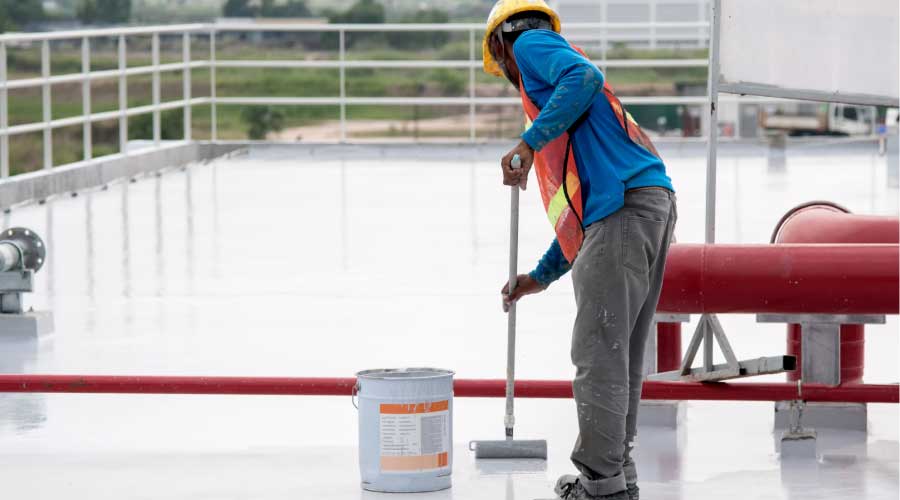Roof Assessment: Five Key Questions
In an era of downsizing, consolidated responsibilities, and myriad other challenges maintenance and engineering managers must deal with daily, it is no wonder organizations embark upon major capital roofing projects with a mindset of, "whatever is easiest and most convenient." More often than not, though, that mindset produces a roof that does not deliver the expected performance life.
Roof Assessment
Before engaging in a roof replacement, managers should carefully consider the exact reasons for replacing the roof. Questions to ask and answer are:
- Am I engaging in this project as a reaction to leaks?
- Am I engaging in this project because current warranties have expired?
- Does the roof really need replacement, or is it a candidate for restoration?
- Should I consider retrofitting the roof?
- Are strategic repairs a viable option?
The real challenge for managers is deciding the most appropriate and cost-effective course of action. If the manager can convince the organization's top management the roof is a real asset and deserves the same treatment as any other valuable piece of equipment, the next step is to properly assess the actual condition of the roof and prioritize its replacement or repair based on actual conditions.
Before making any decision on specifying a new roof or repairing the existing system, managers need to perform a total assessment of the roof, including an infrared scan for wet insulation. A neutral party — not a contractor or a product manufacturer — should perform the infrared-scan assessment.
Too often, a roof project begins with a thumbnail outline of services and progresses with bids, based on nothing more substantial than a contractor's sales pitch. The lowest price typically drives the manager's purchasing decision. Accompanying these components in many cases are questionable warranties manufacturers provide solely to make managers and owners feel safe by accepting the lowest bid.
But a manufacturer too often will include qualifying language in the warranty that limits the company's liability and leaves managers and the organization without coverage they believed would protect them and their purchase decision. At best, warranties cover the repair of water ingress, but they do not resolve the root cause and restoration of the damage the leaks cause, including replacing wet insulation.
Related Topics:













